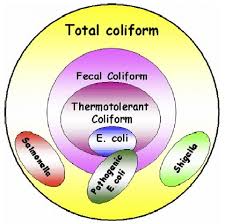If you want to construct a new sewage treatment system on your property there are six steps that must be followed to ensure that it is done correctly. These steps are from
The Ohio Department of Health and can be found on their website.
The first step is contacting your local health district for specific information on sewage treatment systems permits or when beginning to plan for land development with a sewage treatment system. The health district staff will visit your cite and begin the evaluation process.
The second step is to get a site and soil evaluation. The natural soil is the most commonly used media for final treatment of sewage effluent from a home. A complete evaluation of the soil on the property is needed and it will determine the thickness, slope, topography and the location of nearby water sources and drinking supply. This service can also be provided by private companies as well.
The third step is working with a sewage treatment system designer to find out what type of system is best for you. You want to pick one that is best for the cost of your installation, long term use and the maintenance requirements.
The fourth step is getting quotes and bids form STS contractors. Local health districts can provide a list of registered contractors. Fully discuss all the steps with your contractor. When the contractor begins installation you want to look over what is going on and document what is going on and even take pictures if you would like.
The fifth step is passing the final inspection by your local health district. This is to make sure that it is done properly so that it protects your investment, public heath, and disease prevention.
The final step is to make sure that the system works correctly.
According to
Zillow the cost of septic tank systems varies widely from as little as $1,500 to upward of $4,000. Most of the tanks are made of concrete but they can also come made from steel, fiberglass or polyethylene. The tank itself usually costs $600 to $1,000.








